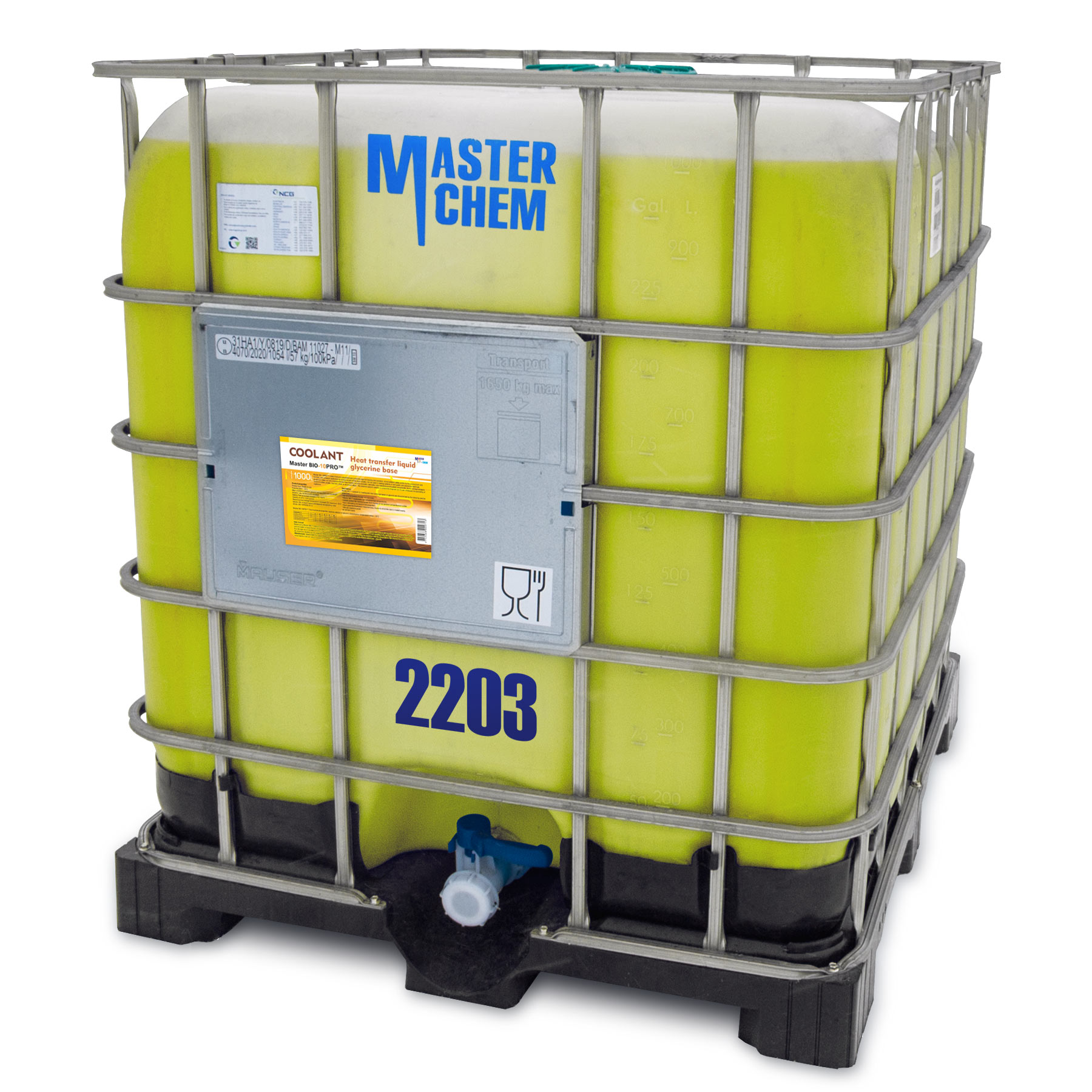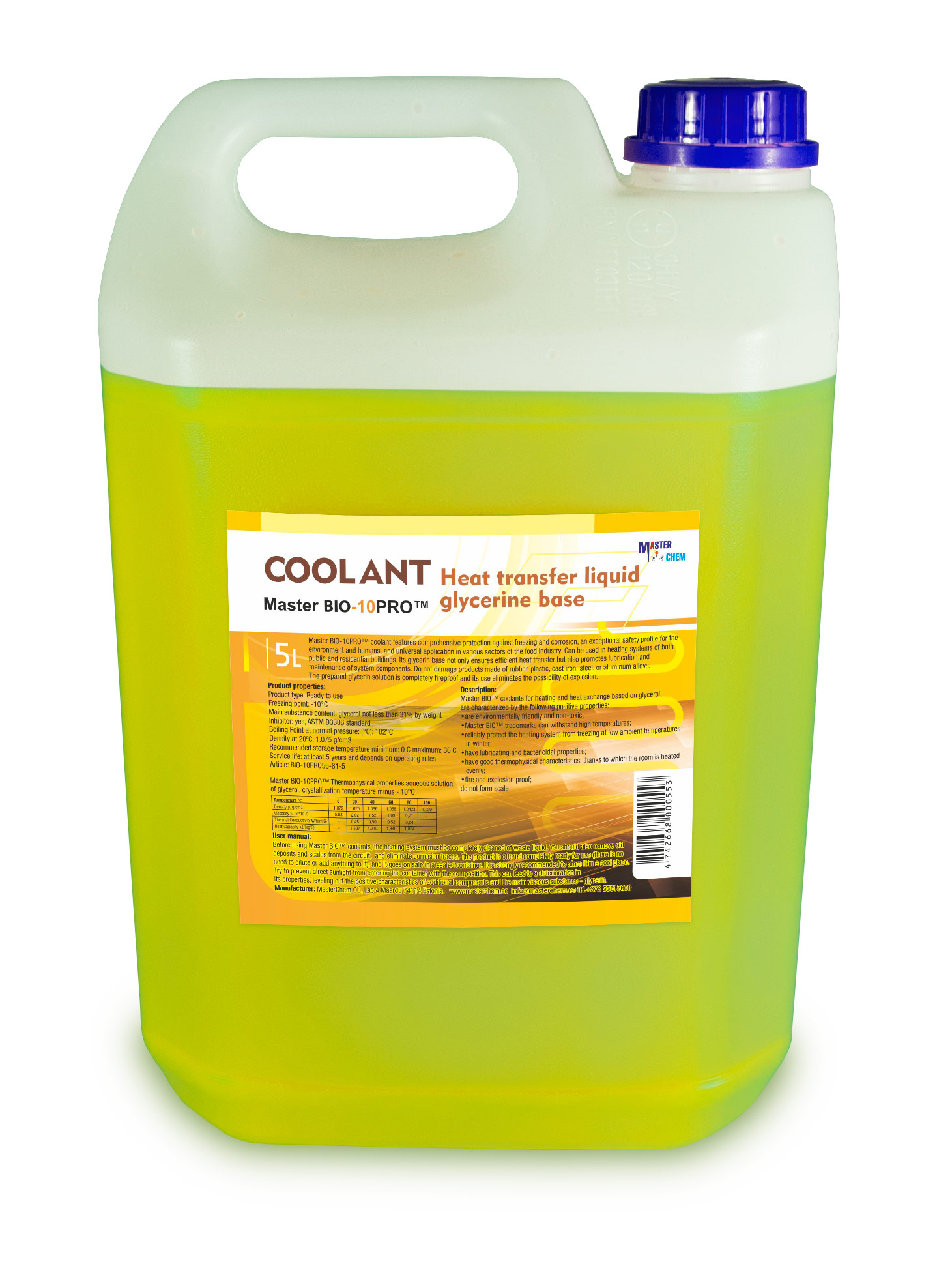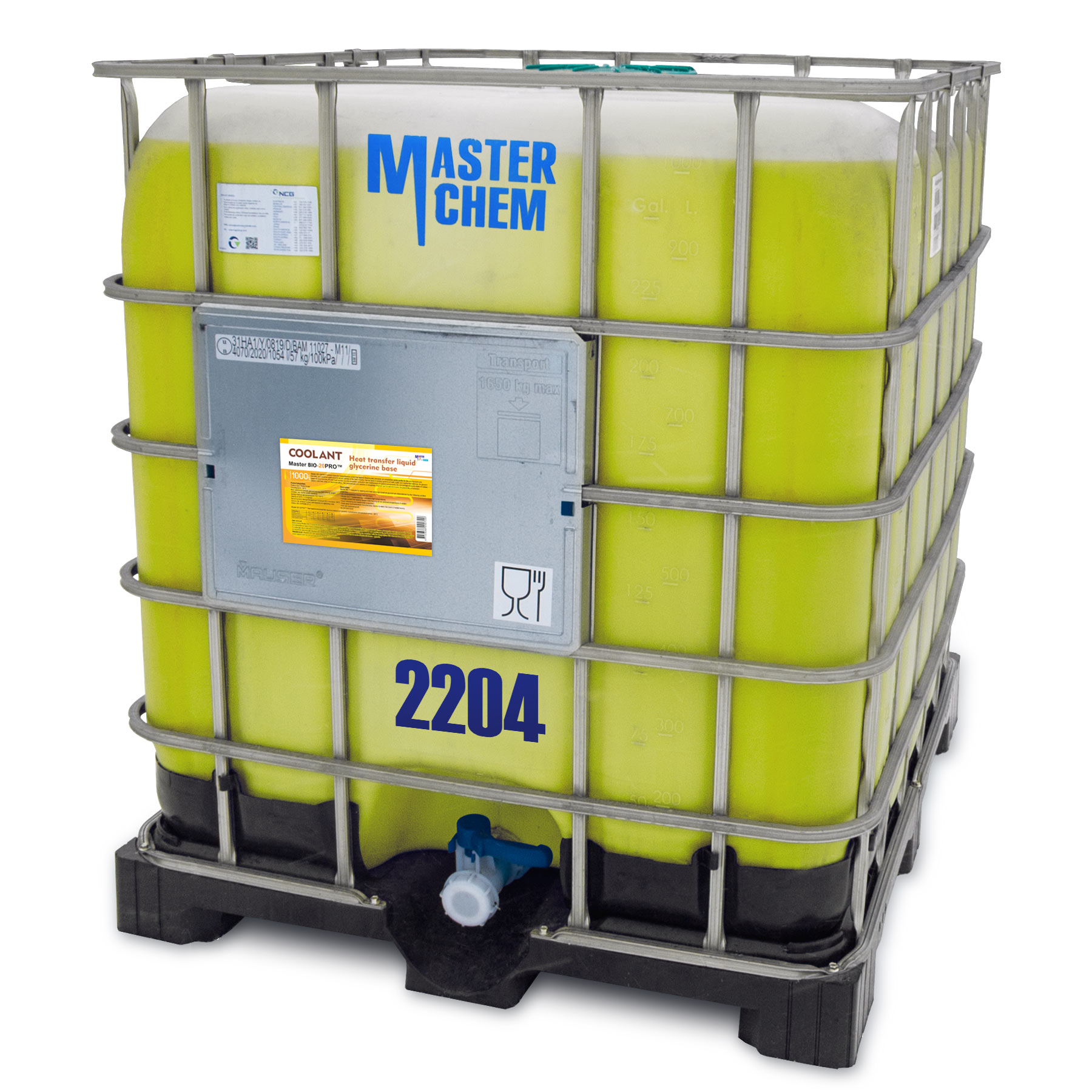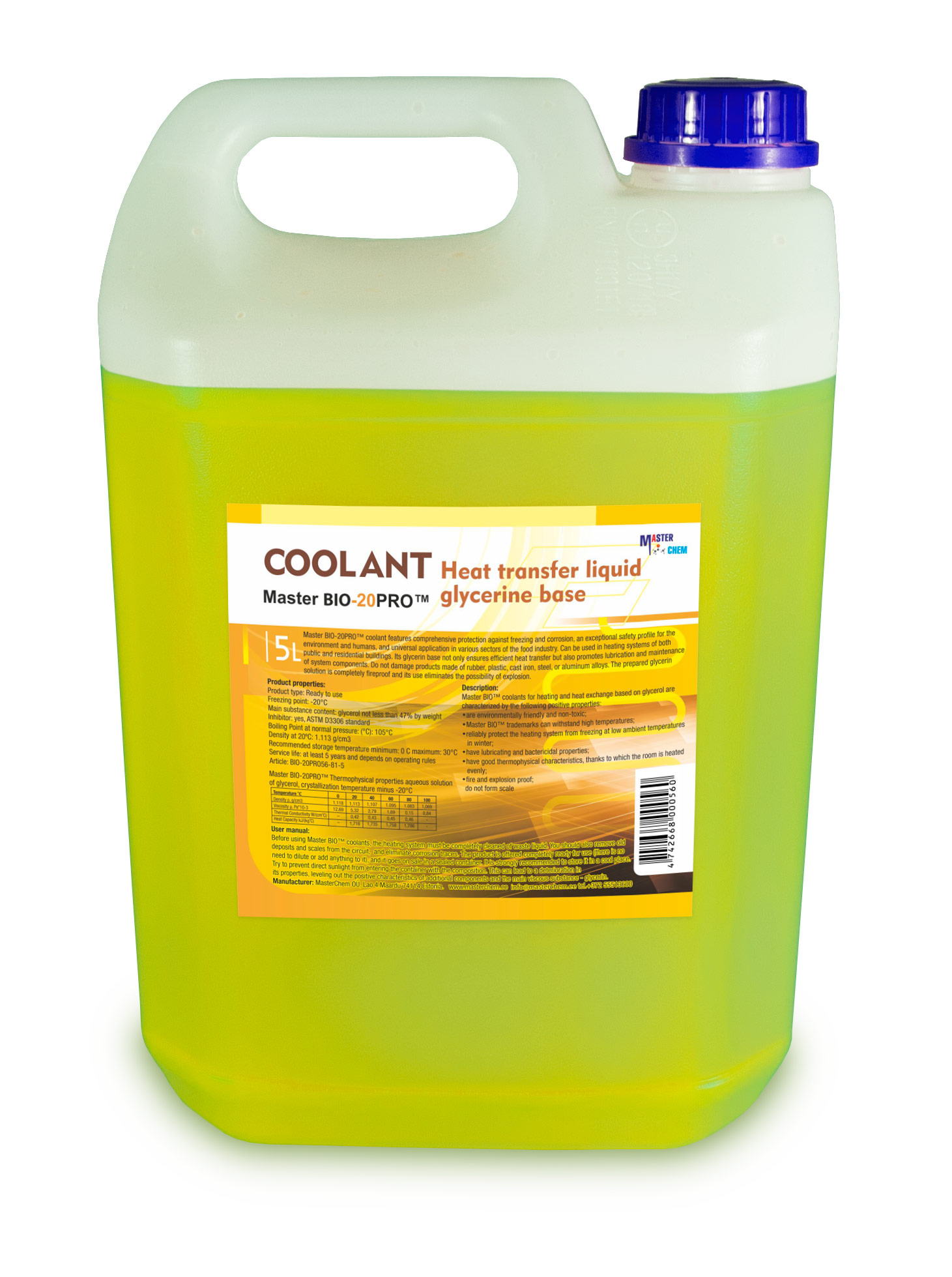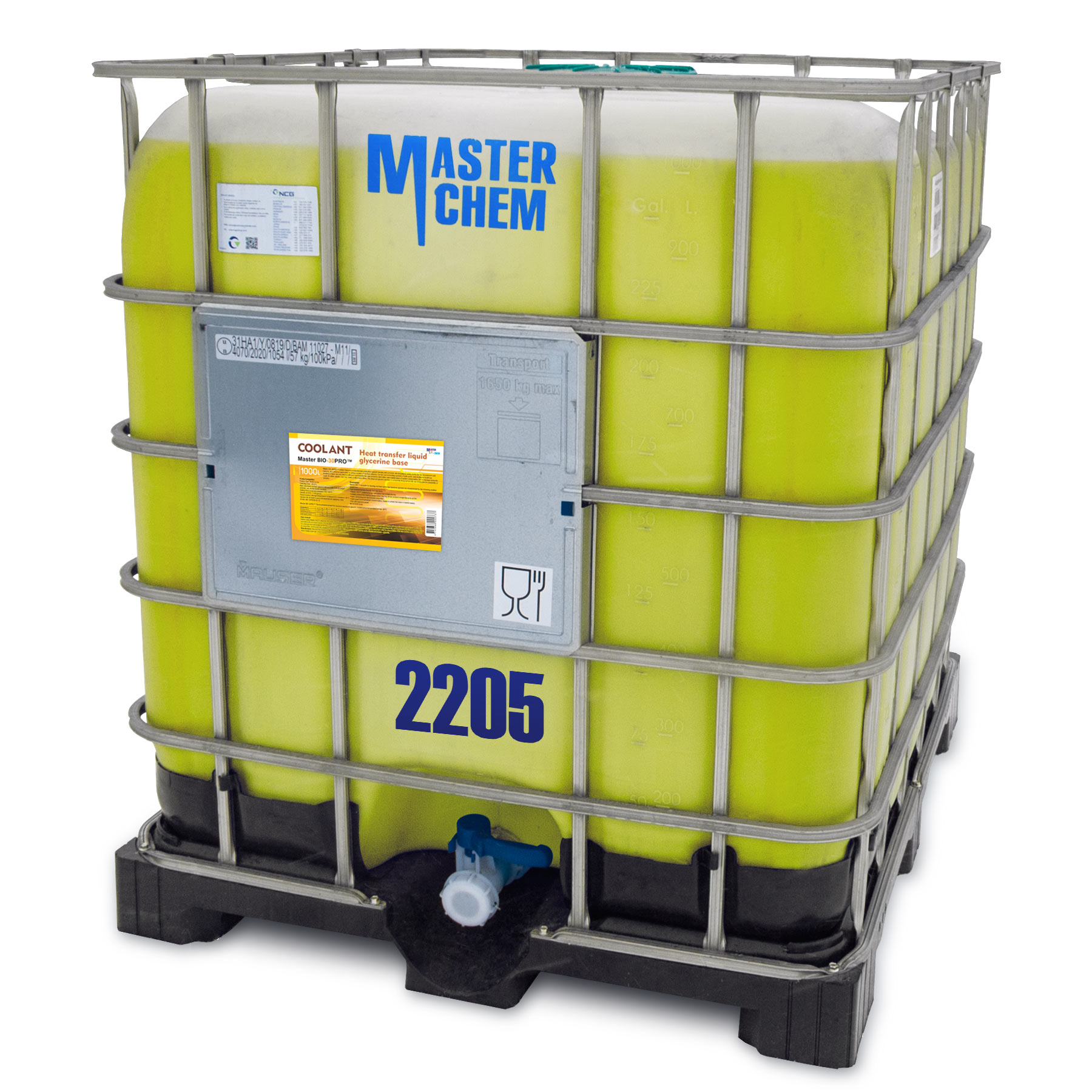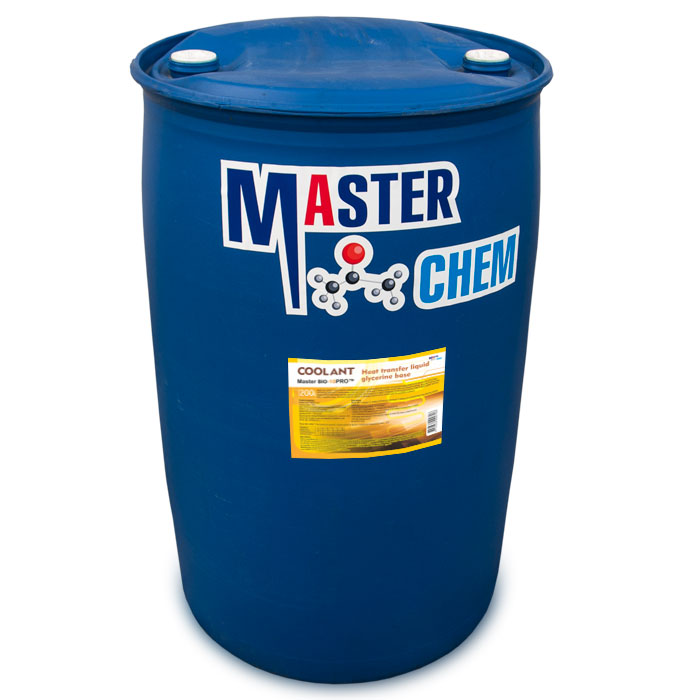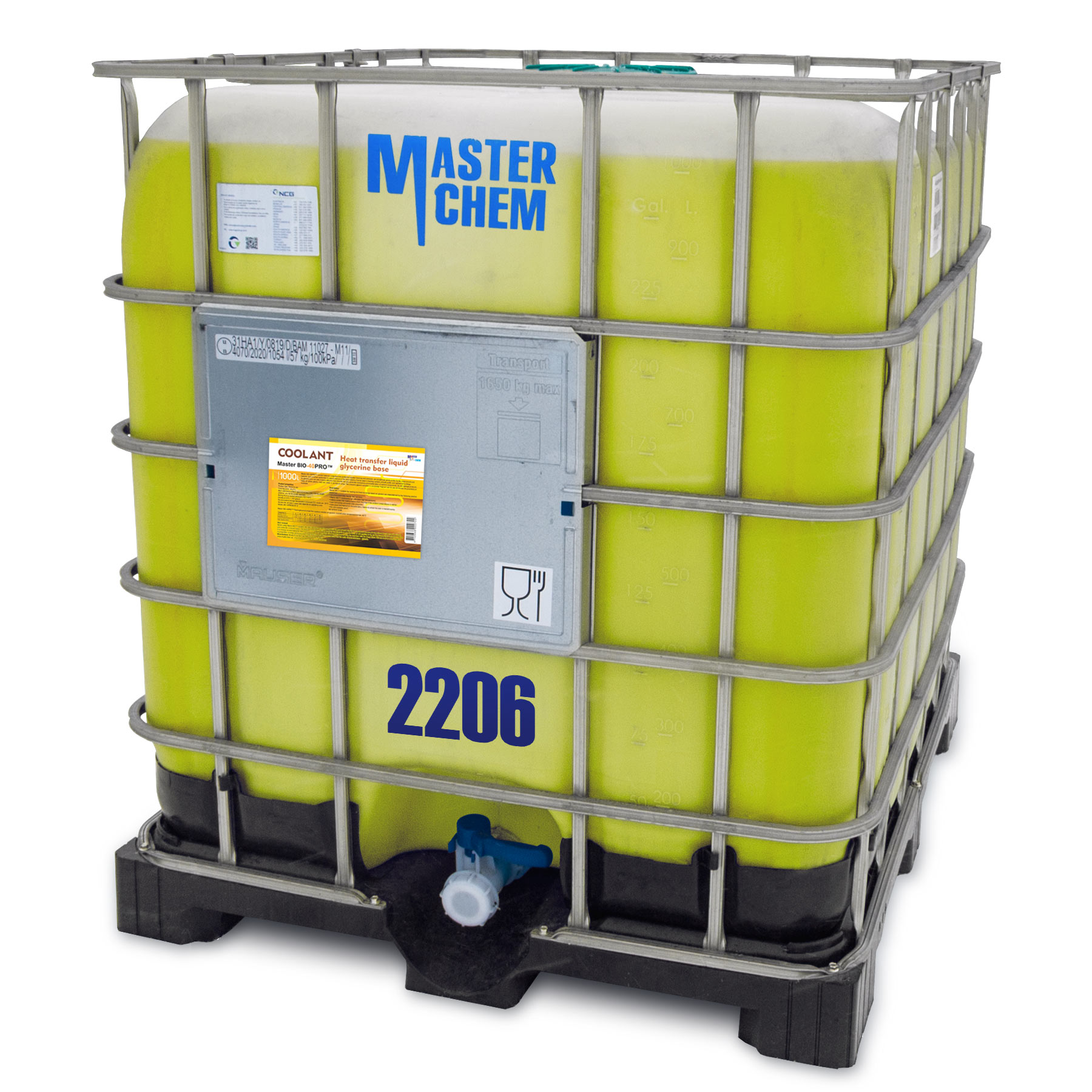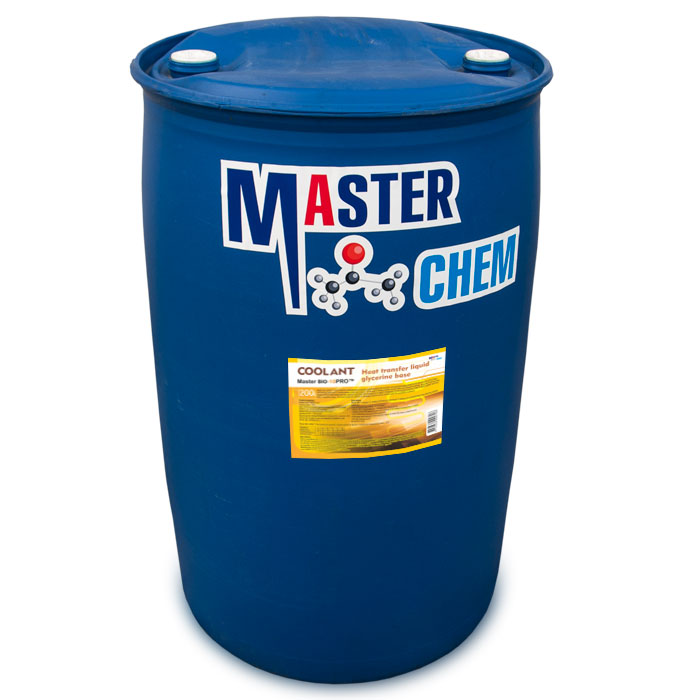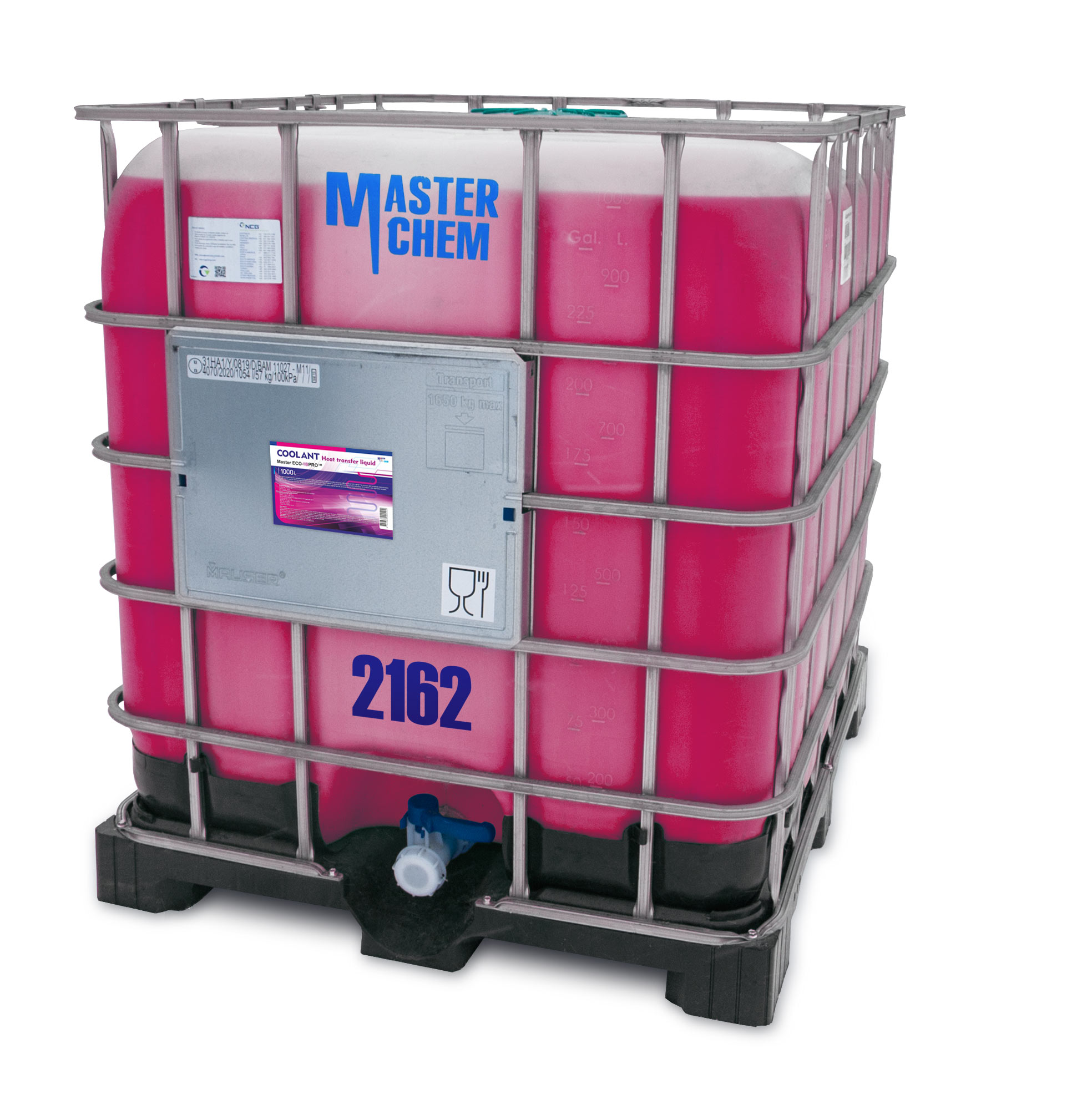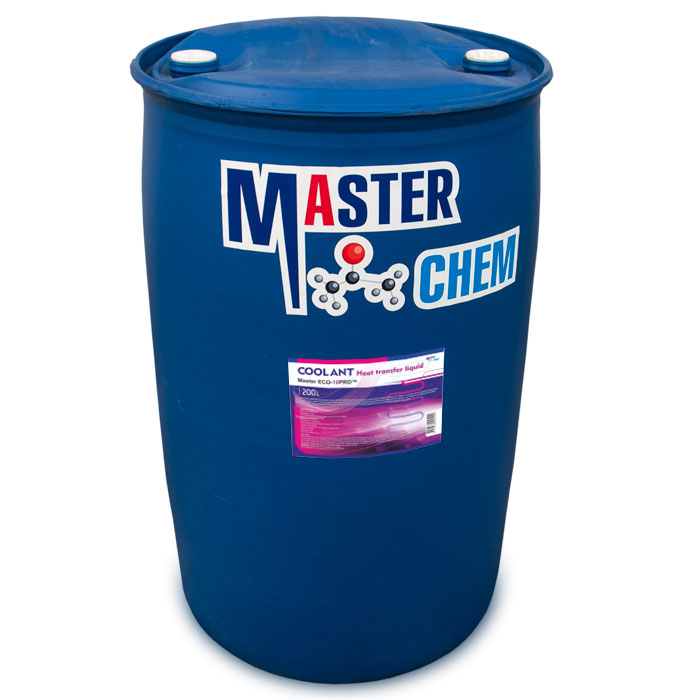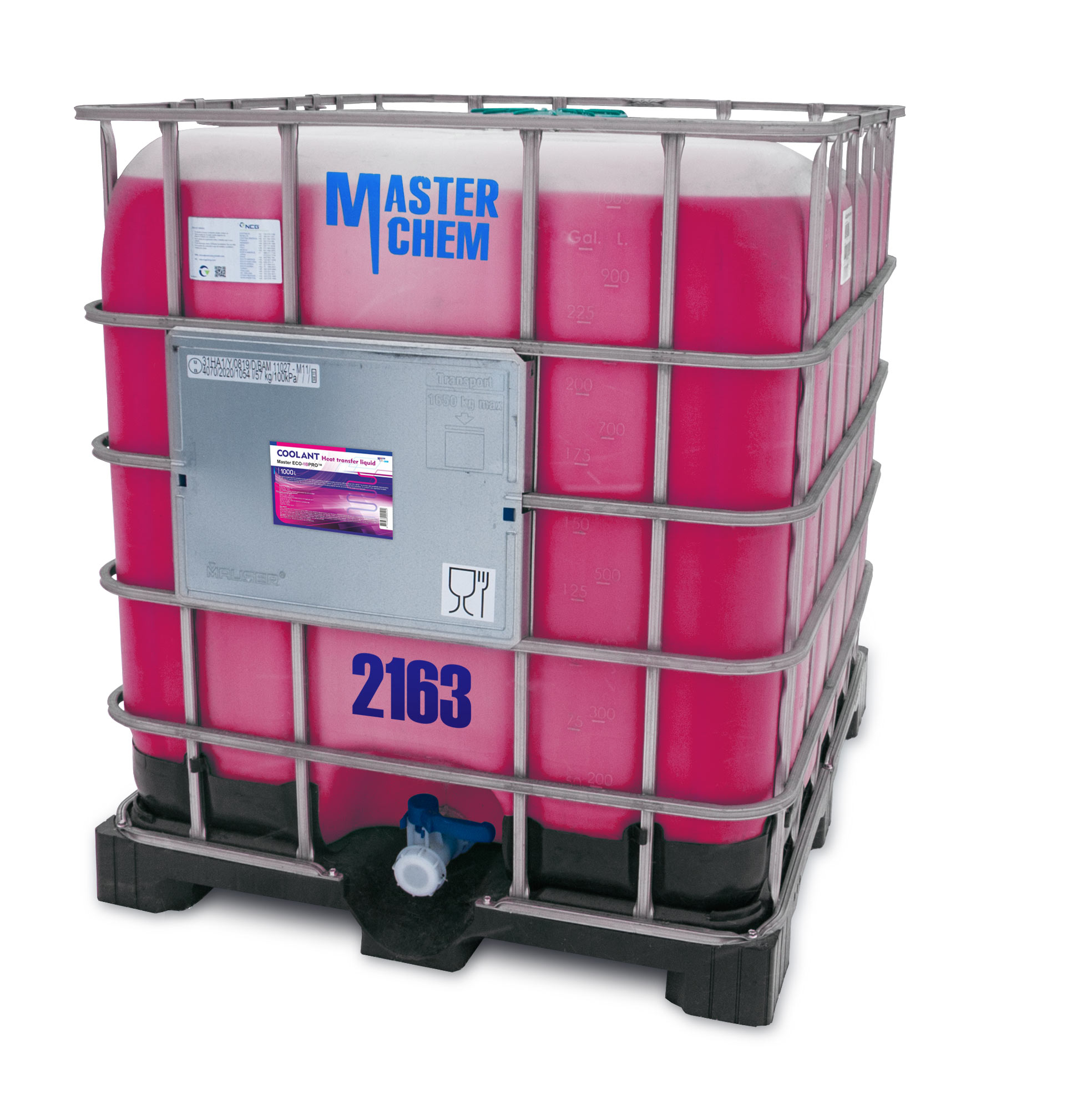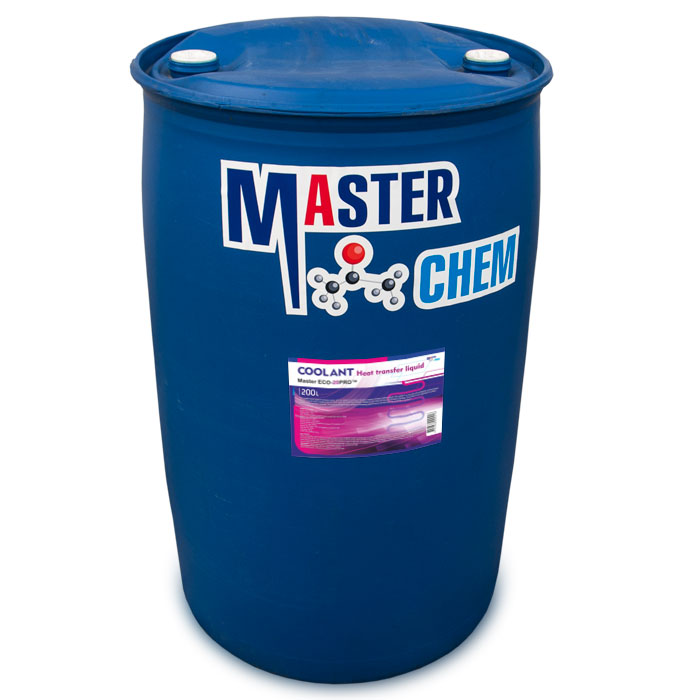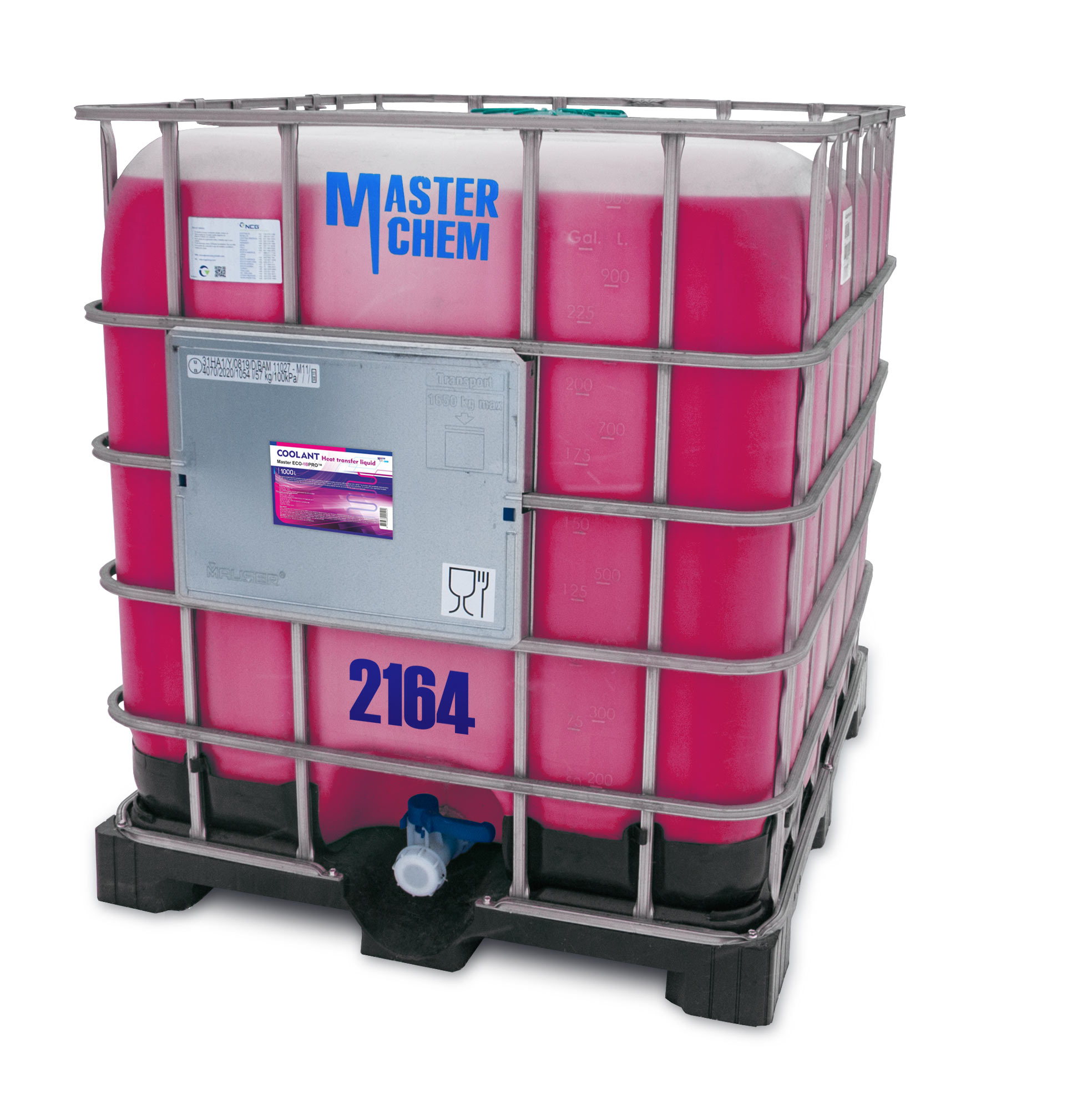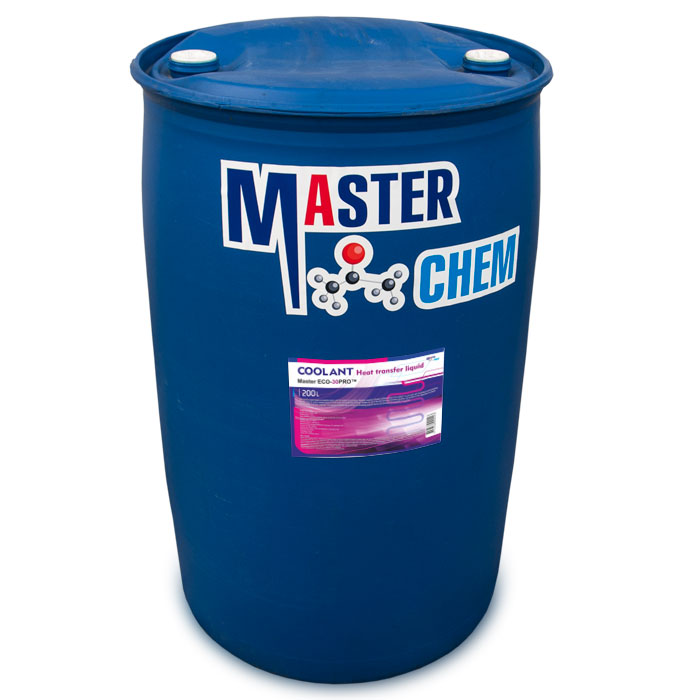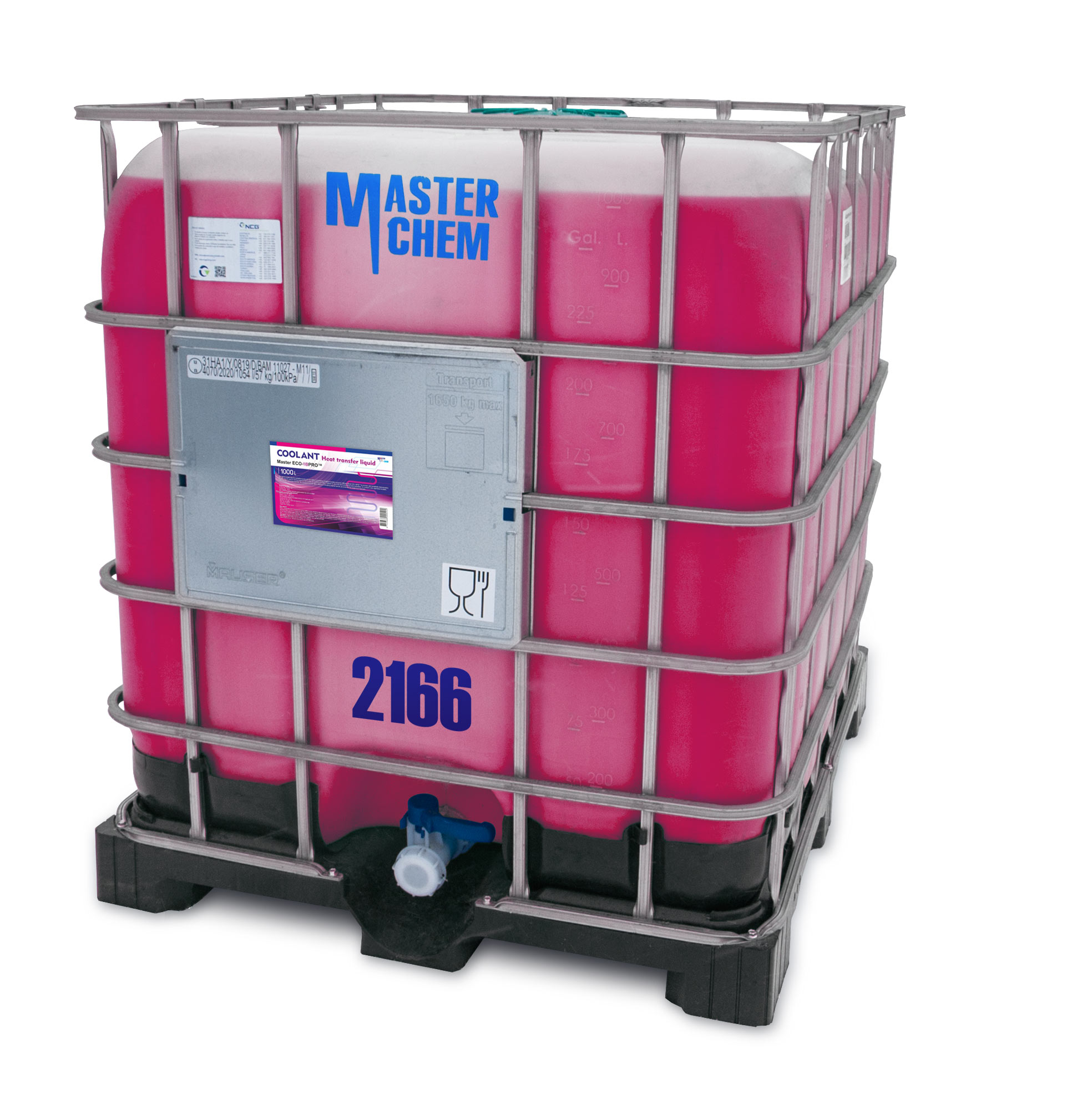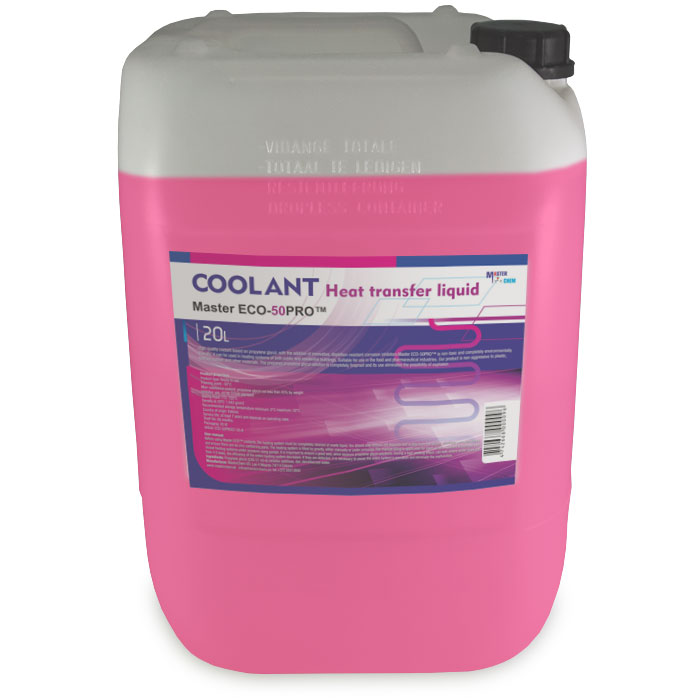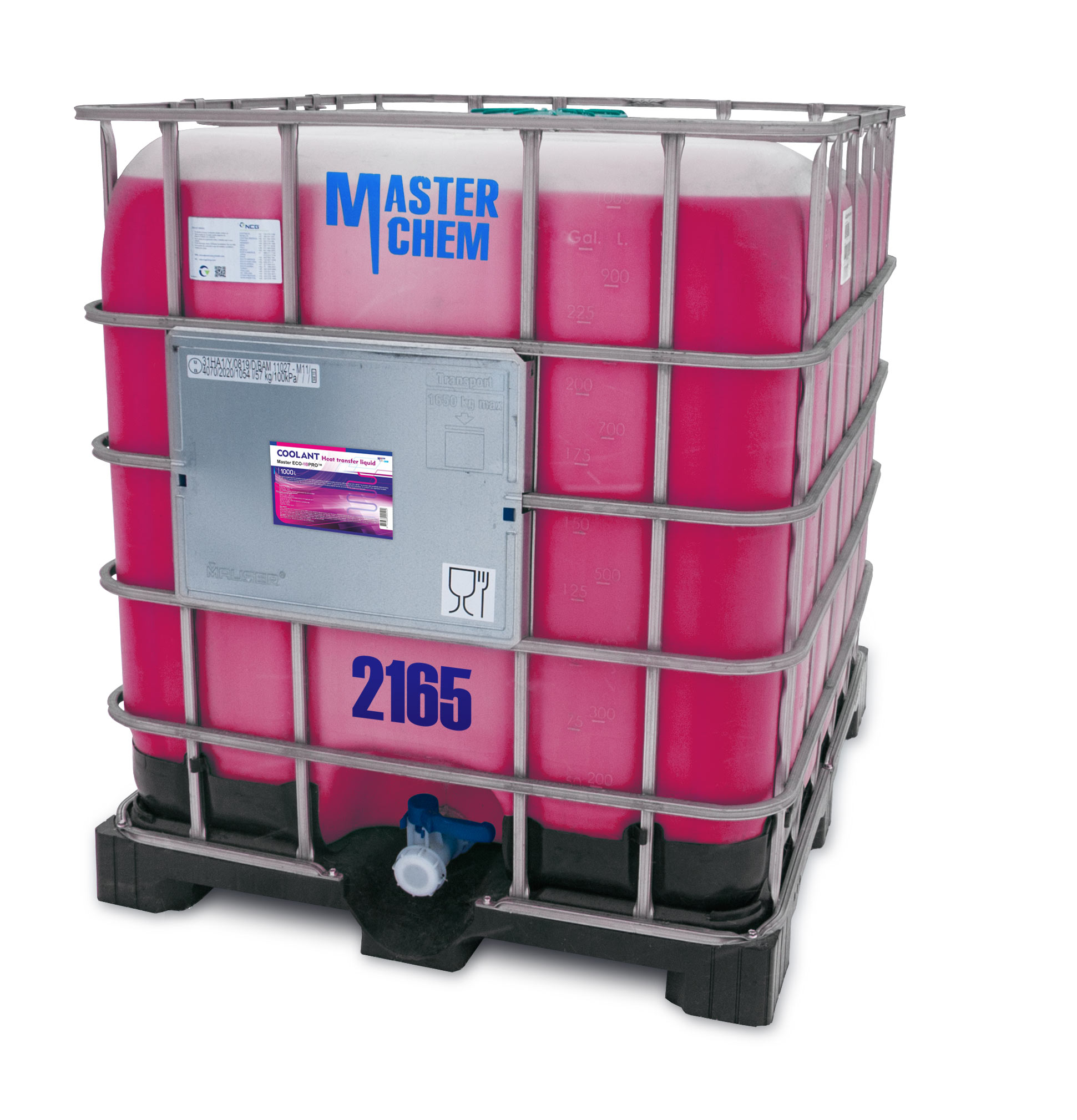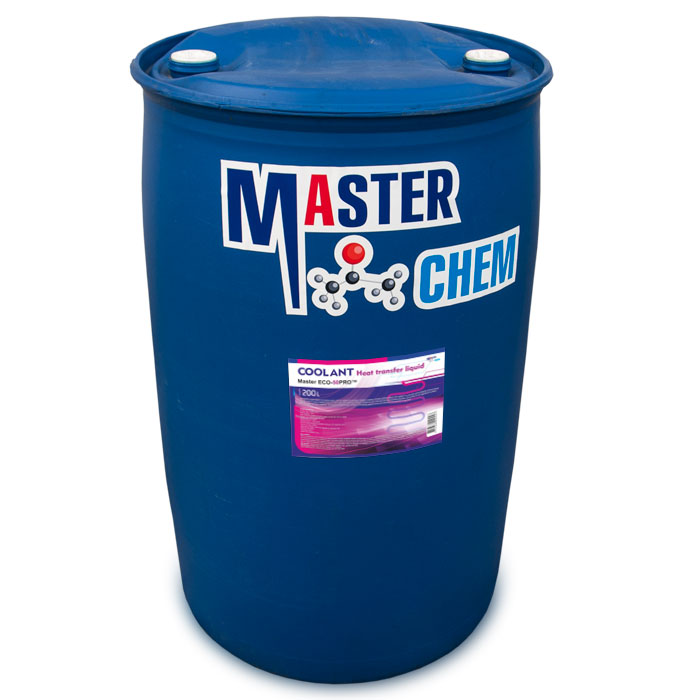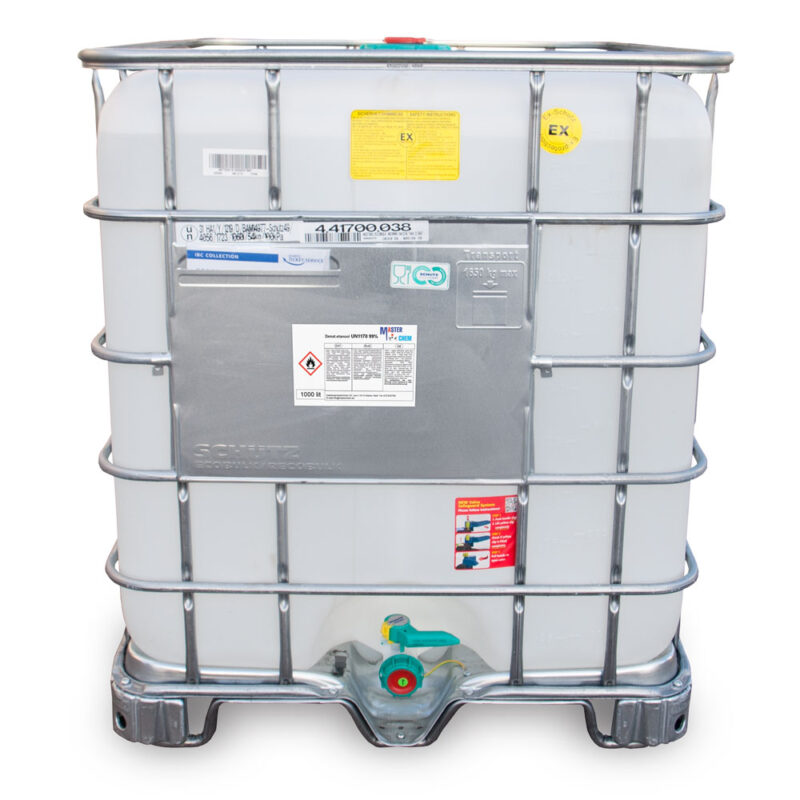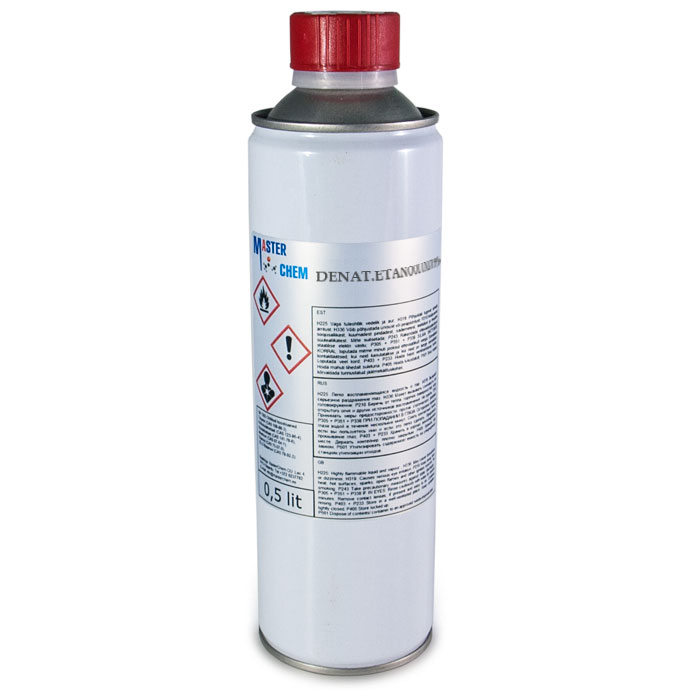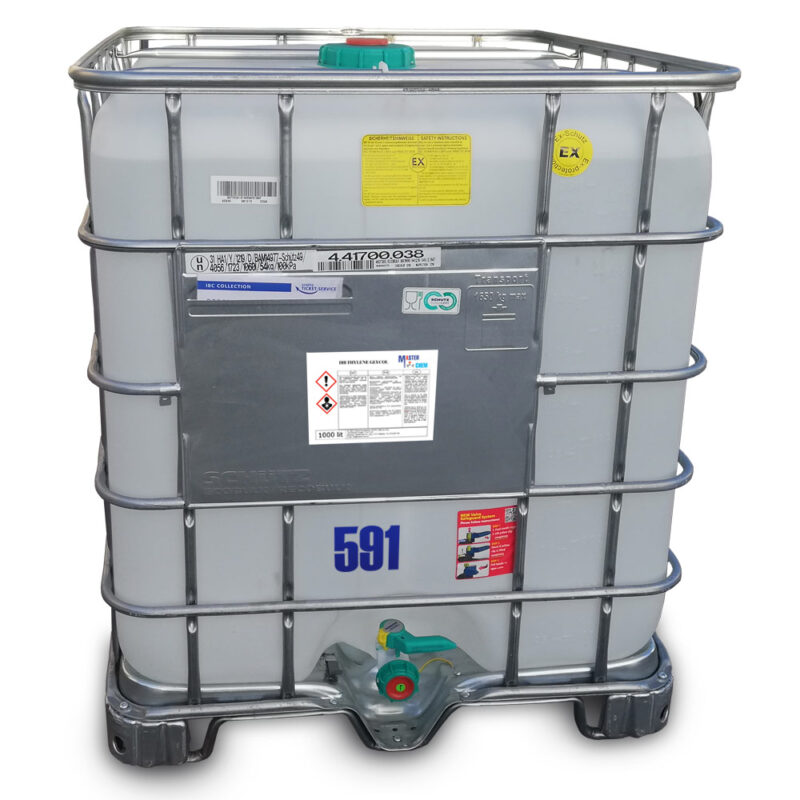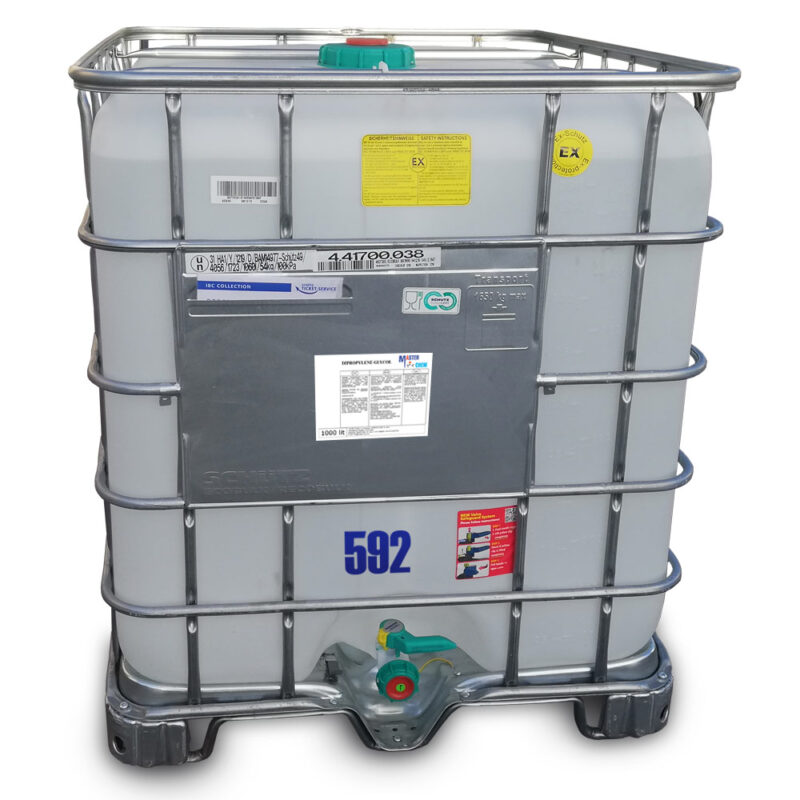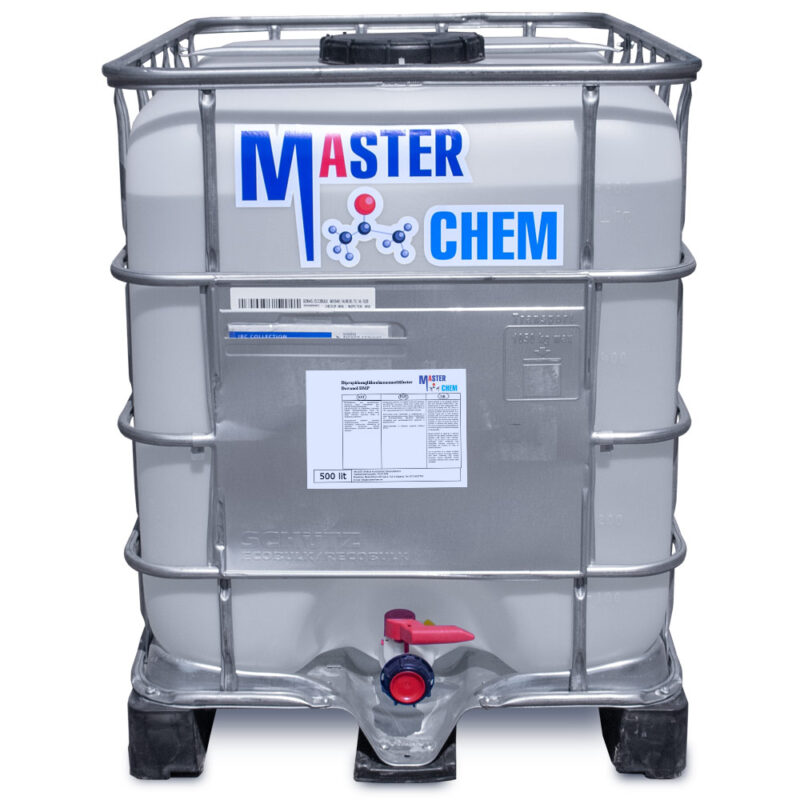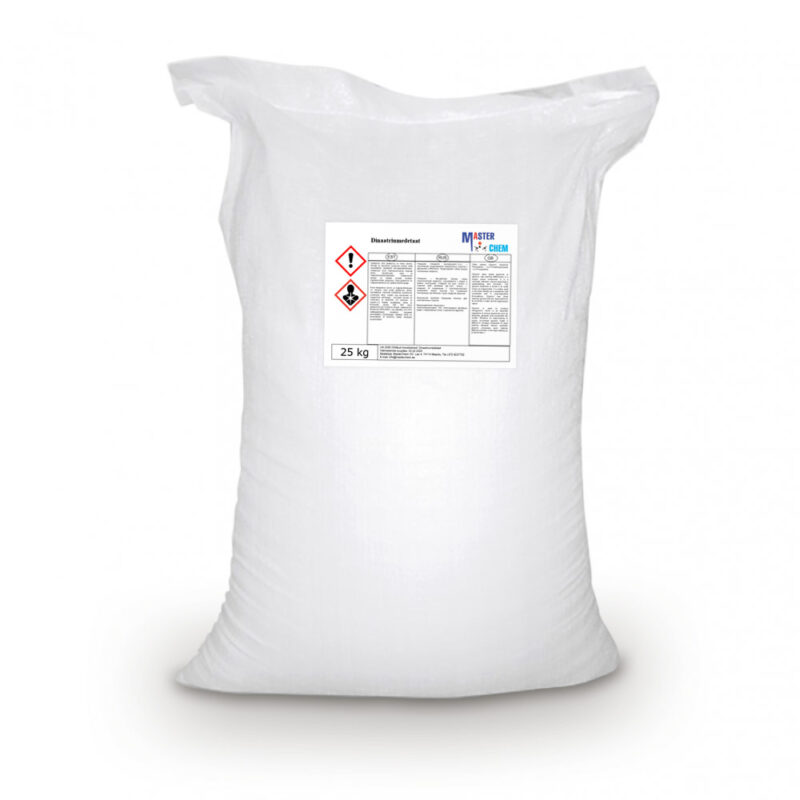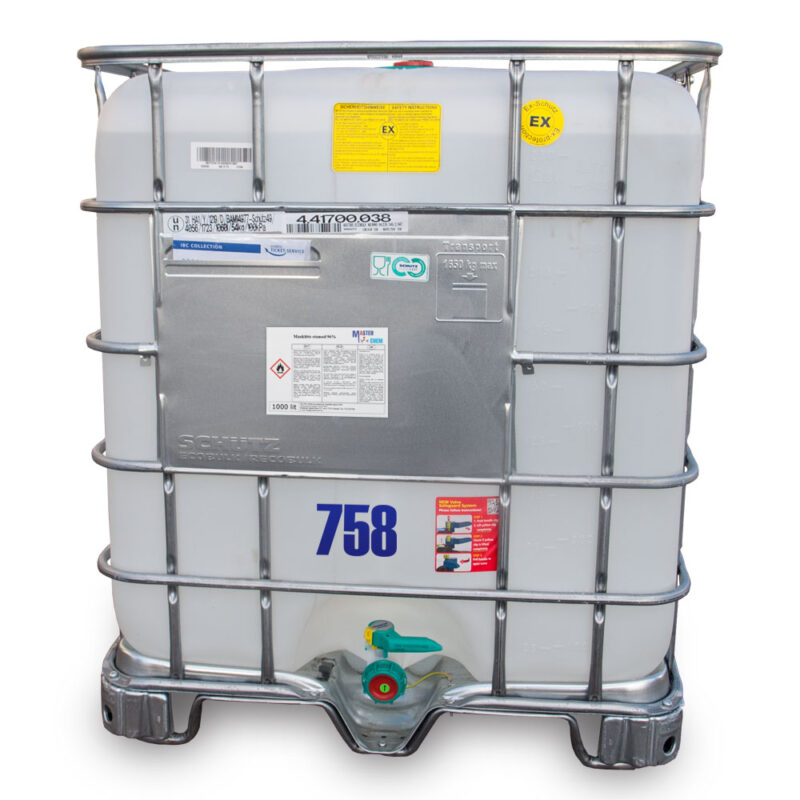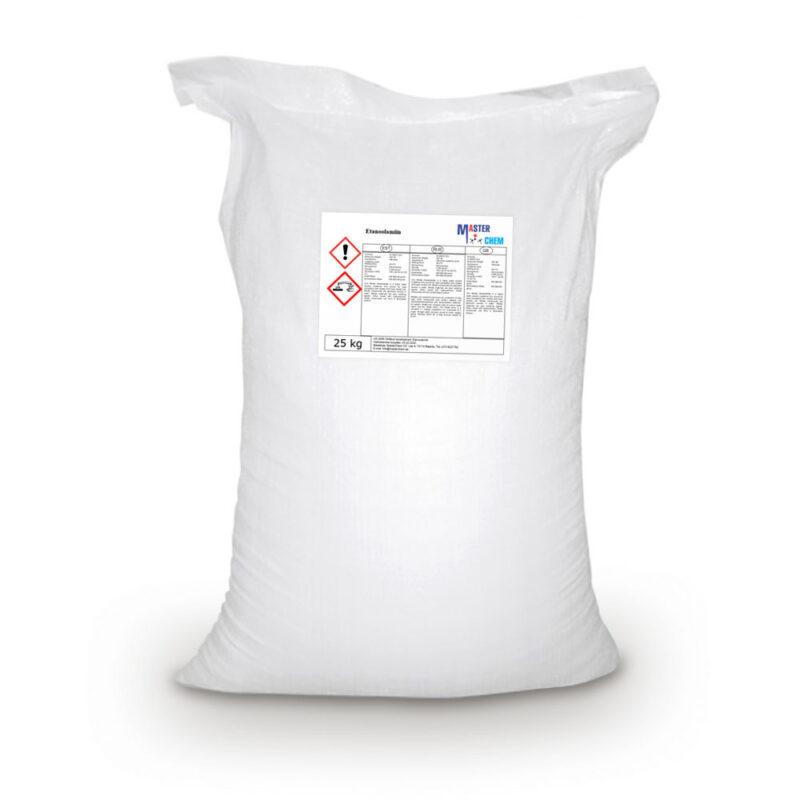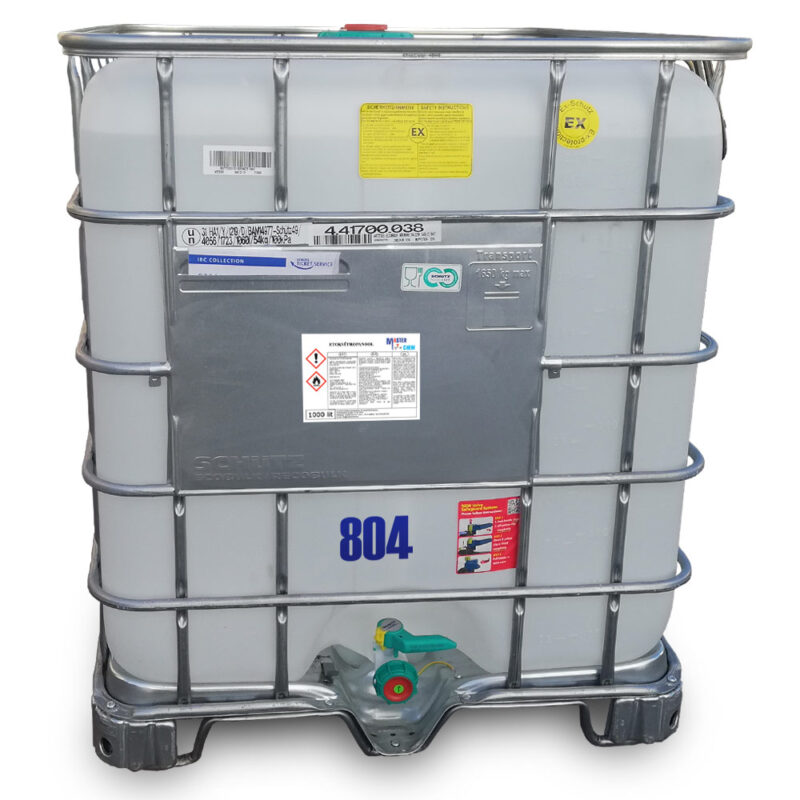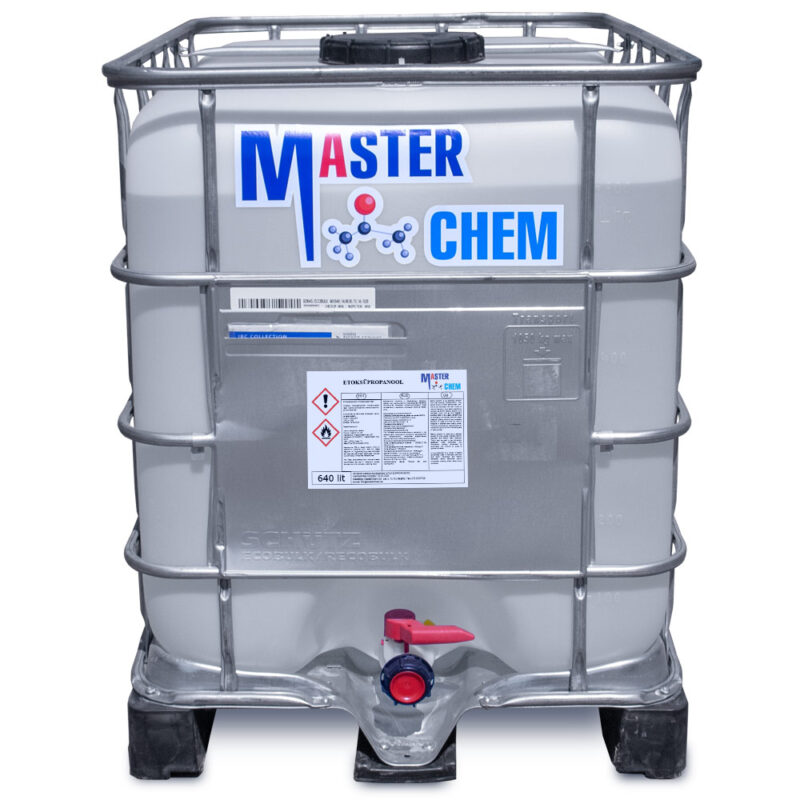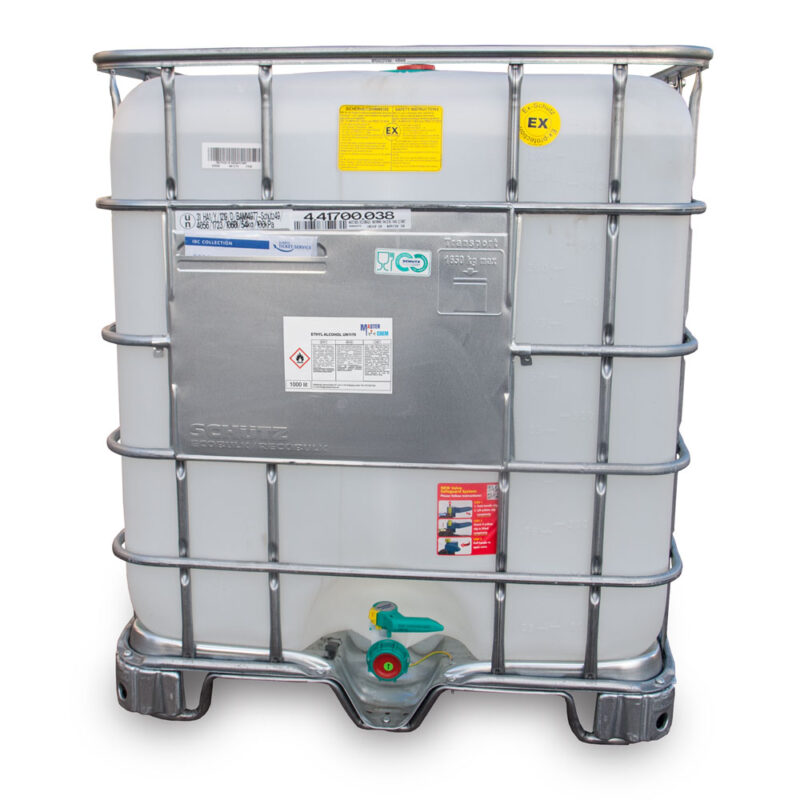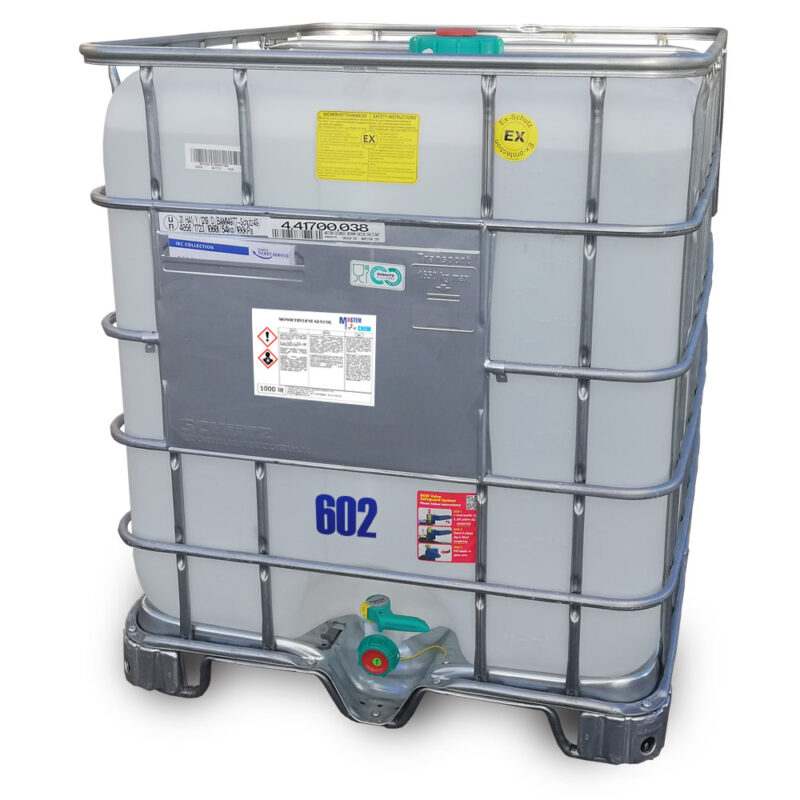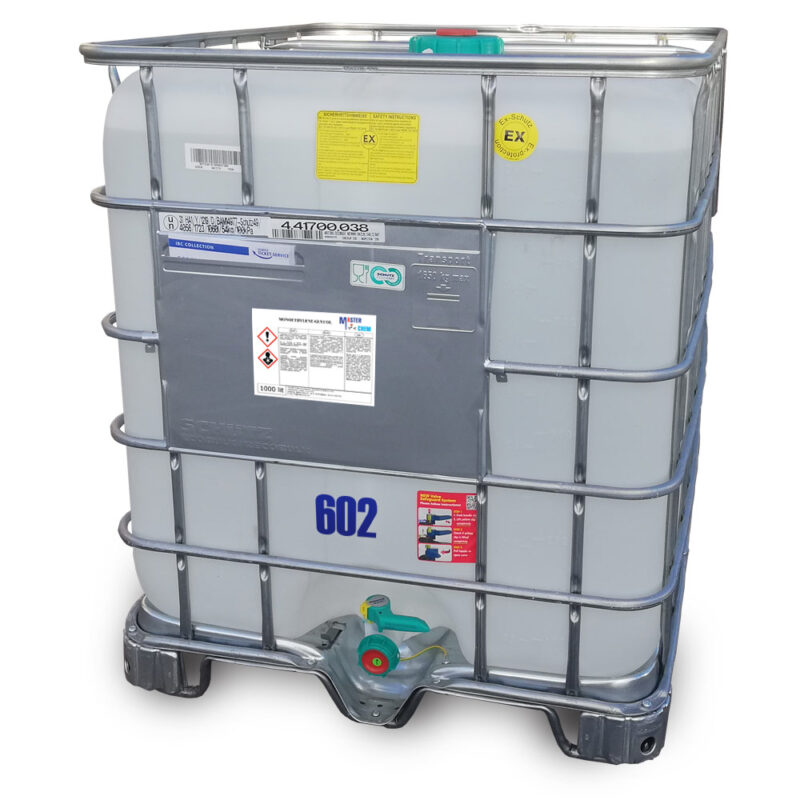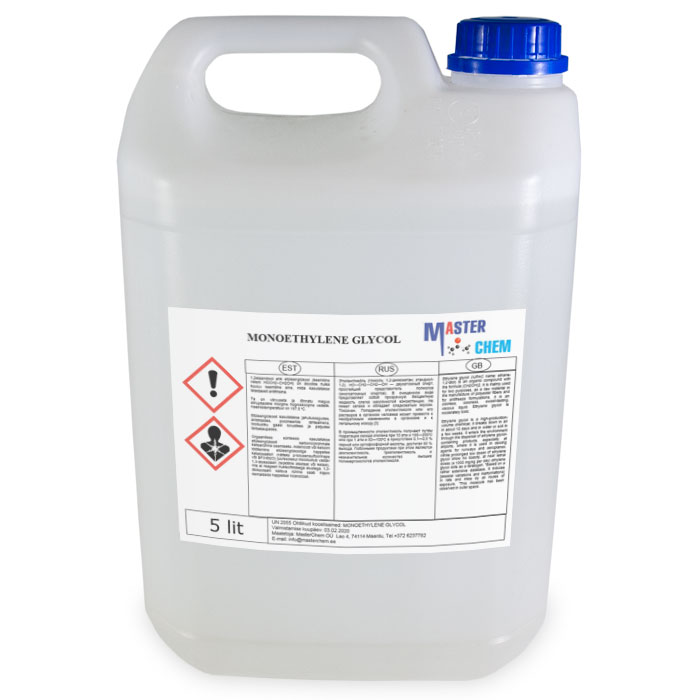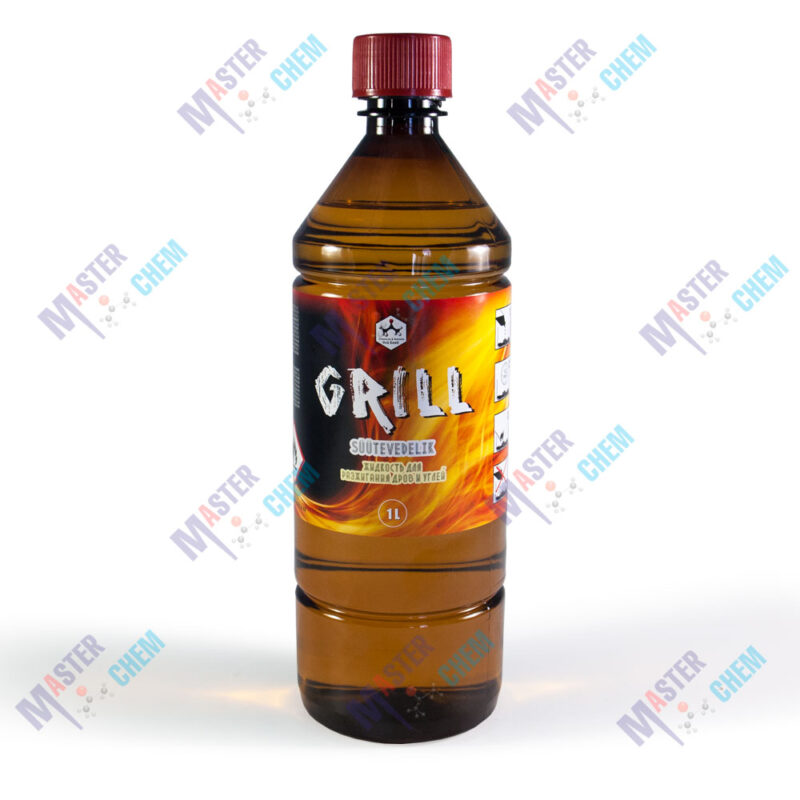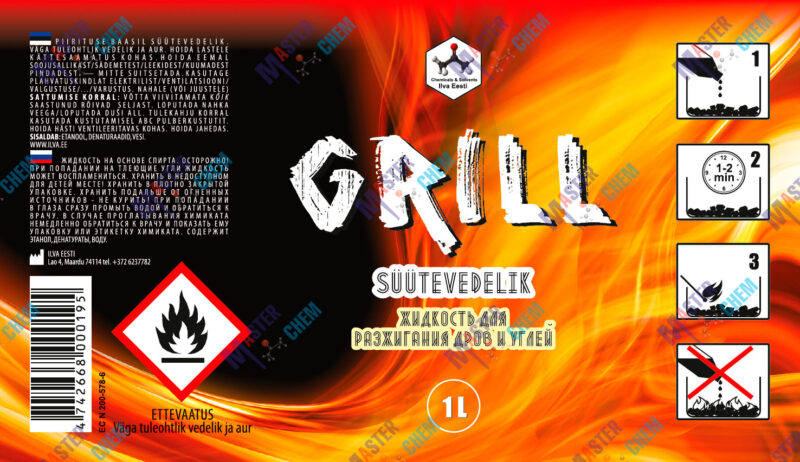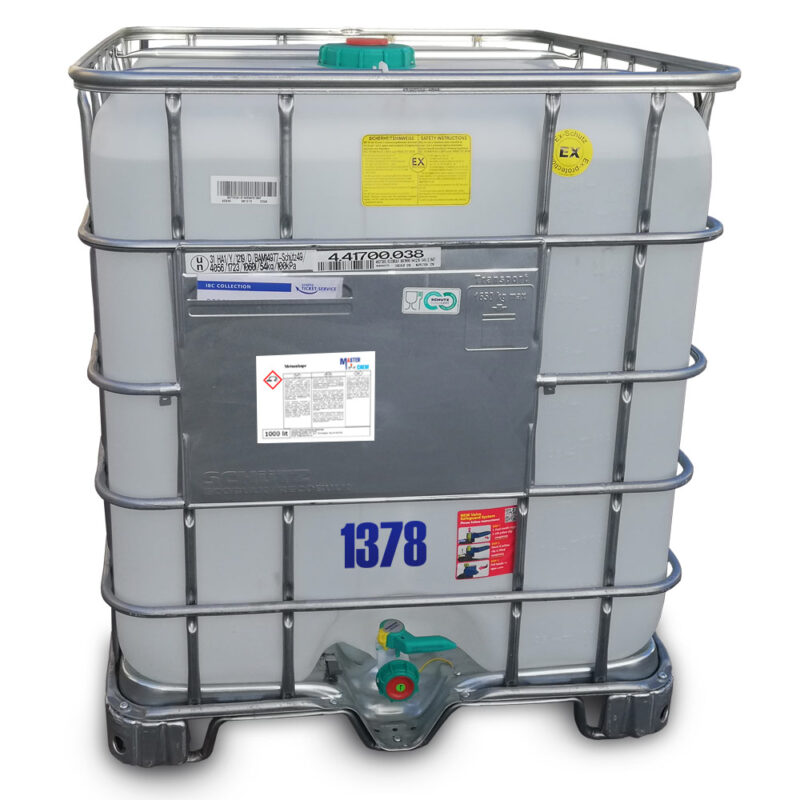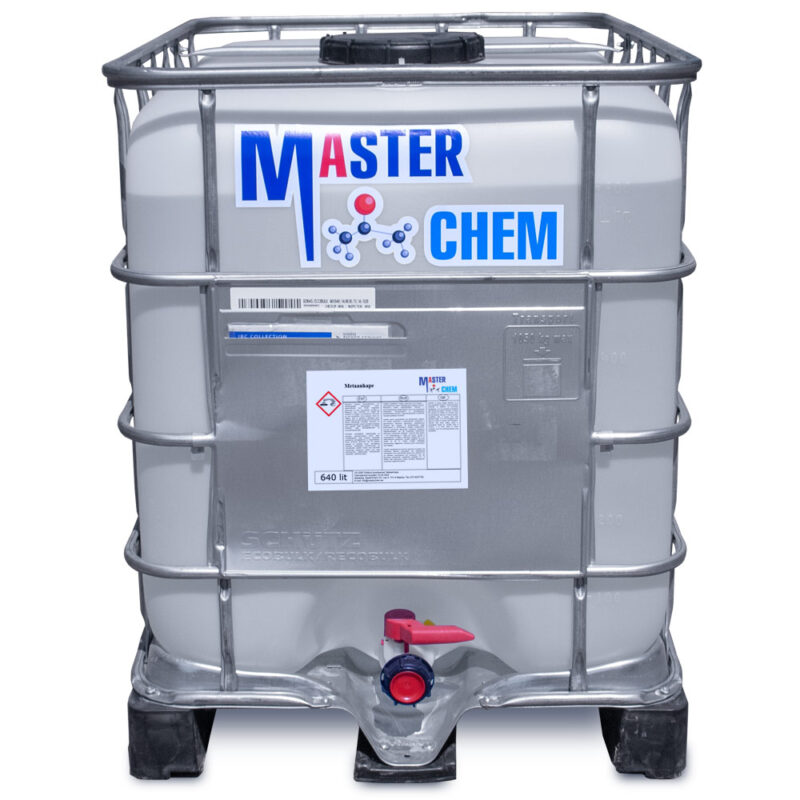Coolant Master BIO-10PRO™ heat transfer liquid glycerine base
Coolant Master BIO-10PRO™ heat transfer liquid glycerine base
Master BIO-10PRO™ -jäähdytysnesteessä on kattava suoja jäätymistä ja korroosiota vastaan, poikkeuksellinen turvallisuusprofiili ympäristölle ja ihmisille sekä yleinen käyttö elintarviketeollisuuden eri aloilla. Voidaan käyttää sekä julkisten että asuinrakennusten lämmitysjärjestelmissä. Sen glyseriinipohja ei ainoastaan takaa tehokkaan lämmönsiirron, vaan myös edistää järjestelmän komponenttien voitelua ja huoltoa. Älä vahingoita kumista, muovista, valuraudasta, teräksestä tai alumiiniseoksista valmistettuja tuotteita. Valmistettu glyseriiniliuos on täysin tulenkestävä ja sen käyttö eliminoi räjähdysvaaran.
Tämä tuote on erinomainen valinta niille, jotka etsivät luotettavaa, korkealaatuista jäähdytysnestettä, joka täyttää kestävän kehityksen tavoitteet.
Coolant Master BIO-20PRO™ heat transfer liquid glycerine base
Coolant Master BIO-20PRO™ heat transfer liquid glycerine base
Master BIO-20PRO™ coolant features comprehensive protection against freezing and corrosion, an exceptional safety profile for the environment and humans, and universal application in various sectors of the food industry. Can be used in heating systems of both public and residential buildings. Its glycerin base not only ensures efficient heat transfer but also promotes lubrication and maintenance of system components. Do not damage products made of rubber, plastic, cast iron, steel, or aluminum alloys. The prepared glycerin solution is completely fireproof and its use eliminates the possibility of explosion.
This product is an excellent choice for those looking for a reliable, high-quality coolant that meets sustainability goals.
Coolant Master BIO-30PRO™ heat transfer liquid glycerine base
Coolant Master BIO-30PRO™ heat transfer liquid glycerine base
Master BIO-30PRO™ coolant features comprehensive protection against freezing and corrosion, an exceptional safety profile for the environment and humans, and universal application in various sectors of the food industry. Can be used in heating systems of both public and residential buildings. Its glycerin base not only ensures efficient heat transfer but also promotes lubrication and maintenance of system components. Do not damage products made of rubber, plastic, cast iron, steel, or aluminum alloys. The prepared glycerin solution is completely fireproof and its use eliminates the possibility of explosion.
This product is an excellent choice for those looking for a reliable, high-quality coolant that meets sustainability goals.
Coolant Master BIO-40PRO™ heat transfer liquid glycerine base
Coolant Master BIO-40PRO™ heat transfer liquid glycerine base
Master BIO-40PRO™ coolant features comprehensive protection against freezing and corrosion, an exceptional safety profile for the environment and humans, and universal application in various sectors of the food industry. Can be used in heating systems of both public and residential buildings. Its glycerin base not only ensures efficient heat transfer but also promotes lubrication and maintenance of system components. Do not damage products made of rubber, plastic, cast iron, steel, or aluminum alloys. The prepared glycerin solution is completely fireproof and its use eliminates the possibility of explosion.
This product is an excellent choice for those looking for a reliable, high-quality coolant that meets sustainability goals.
Coolant Master ECO-10PRO™ heat transfer liquid
Coolant Master ECO-10PRO™ heat transfer liquid
High-quality coolant based on propylene glycol, with the addition of innovative, depletion-resistant corrosion inhibitors.
Master ECO-10PRO™ is non-toxic and completely environmentally friendly; it can be used in heating systems of both public and residential buildings. Suitable for use in the food and pharmaceutical industries.
Our product is non-aggressive to plastic, textiles, rubber, and other materials.
The prepared propylene glycol solution is completely fireproof and its use eliminates the possibility of explosion.
Coolant Master ECO-20PRO™ heat transfer liquid
Coolant Master ECO-20PRO™ heat transfer liquid
High-quality coolant based on propylene glycol, with the addition of innovative, depletion-resistant corrosion inhibitors.
Master ECO-20PRO™ is non-toxic and completely environmentally friendly; it can be used in heating systems of both public and residential buildings. Suitable for use in the food and pharmaceutical industries.
Our product is non-aggressive to plastic, textiles, rubber, and other materials.
The prepared propylene glycol solution is completely fireproof and its use eliminates the possibility of explosion.
Coolant Master ECO-30PRO™ heat transfer liquid
Coolant Master ECO-30PRO™ heat transfer liquid
High-quality coolant based on propylene glycol, with the addition of innovative, depletion-resistant corrosion inhibitors.
Master ECO-30PRO™ is non-toxic and completely environmentally friendly; it can be used in heating systems of both public and residential buildings. Suitable for use in the food and pharmaceutical industries.
Our product is non-aggressive to plastic, textiles, rubber, and other materials.
The prepared propylene glycol solution is completely fireproof and its use eliminates the possibility of explosion.
Coolant Master ECO-40PRO™ heat transfer liquid
Coolant Master ECO-40PRO™ heat transfer liquid
High-quality coolant based on propylene glycol, with the addition of innovative, depletion-resistant corrosion inhibitors.
Master ECO-40PRO™ is non-toxic and completely environmentally friendly; it can be used in heating systems of both public and residential buildings. Suitable for use in the food and pharmaceutical industries.
Our product is non-aggressive to plastic, textiles, rubber, and other materials.
The prepared propylene glycol solution is completely fireproof and its use eliminates the possibility of explosion.
Coolant Master ECO-50PRO™ heat transfer liquid
Coolant Master ECO-50PRO™ heat transfer liquid
High-quality coolant based on propylene glycol, with the addition of innovative, depletion-resistant corrosion inhibitors.
Master ECO-50PRO™ is non-toxic and completely environmentally friendly; it can be used in heating systems of both public and residential buildings. Suitable for use in the food and pharmaceutical industries.
Our product is non-aggressive to plastic, textiles, rubber, and other materials.
The prepared propylene glycol solution is completely fireproof and its use eliminates the possibility of explosion.
Denatured spirit (CAS 64-17-5)
Denatured Alcohol or ethanol or ethyl alcohol (also alcohol) or methylcarbinol (of the formula CH 3 CH 2 OH) is the best known alcohol. It is a colorless liquid under normal conditions. We offer only denatured spirits.
CAS: 64-17-5
Diethylene glycol (CAS 111-46-6)
Other names: 2,2′-Oxydi(ethan-1-ol), 2,2′-Oxybis(ethan-1-ol), 2-(2-Hydroxyethoxy)ethan-1-ol, Diethylene glycol, Ethylene diglycol, Diglycol, 2,2′-Oxybisethanol, 2,2′-Oxydiethanol, 3-Oxa-1,5-pentanediol, Dihydroxy diethyl ether
Diethylene glycol (DEG) is an organic compound with the formula (HOCH2CH2)2O. It is a colorless, practically odorless, poisonous, and hygroscopic liquid with a sweetish taste. It is miscible in water, alcohol, ether, acetone, and ethylene glycol.DEG is a widely used solvent. It can be a contaminant in consumer products; this has resulted in numerous epidemics of poisoning since the early 20th century.
CAS 111-46-6
Dipropylene glycol (CAS 110-98-5)
Other names: Dipropylene glycol, 4-Oxa-1,6-hexandiol, 1,1′-Oxybis(1-propanol), 1,1′-Oxybis(2-propanol)
Dipropylene glycol is a mixture of three isomeric chemical compounds, 4-oxa-2,6-heptandiol, 2-(2-hydroxy-propoxy)-propan-1-ol, and 2-(2-hydroxy-1-methyl-ethoxy)-propan-1-ol. It is a colorless, nearly odorless liquid with a high boiling point and low toxicity.
CAS 110-98-5
Dipropylene glycol monomethyl ether Dowanol DMP (CAS 34590-94-8)
Dipropylene glycol monomethyl ether Dowanol DMP (CAS 34590-94-8)
Di(propylene glycol) methyl ether is an organic solvent with a variety of industrial and commercial uses. It finds use as a less volatile alternative to propylene glycol methyl ether and other glycol ethers. The commercial product is typically a mixture of four isomers.
Disodium edetate (CAS 6381-92-6)
Disodium edetate (CAS 6381-92-6)
Edetate Disodium is the disodium salt form of edetate, a heavy metal chelating agent with anti-hypercalcemic and anti-arrhythmic properties. Edetate, a heavy metal antagonist, chelates divalent and trivalent metals, forming soluble stable complexes which are readily excreted by the kidneys, thereby can be used to lower serum calcium concentrations. In addition, this agent exerts a negative inotropic effect on the heart through a transiently induced hypocalcemic state, thereby antagonizing the inotropic and chronotropic effects of digitalis glycosides on the ventricles of the heart. Upon ocular administration, edetate exerts its ophthalmic effect by chelating calcium to form soluble complexes, thereby removing corneal calcium deposits.
Ester-aldehyde fraction EAF 88%
Raw solution of heat pump heat collection fluid. Used as a heat collection fluid for heat wells or horizontal heat collection pipelines. The liquid is an 88% raw solution of nature-friendly ethanol that MasterChem offers to customers with a corrosion inhibitor mixture (……) or without (……).
Nestee consists of: Technical data sheet
Ethanol is used not only in heat transfer fluids and alcoholic beverages, but also in the cleaning of printing machines, in the paint and varnish industry for the production of stains and dyes, and in the cleaning of equipment.
Water is added to the raw liquid in the ratio of 37% (raw solution): 63% (water) in order to obtain a dilution suitable for the soil.
Ethanolamine (CAS 141-43-5)
Ethanolamine (CAS 141-43-5)
Ethanolamine (2-aminoethanol, monoethanolamine, ETA, or MEA) is an organic chemical compound with the formula HOCH2CH2NH2 (C2H7NO). The molecule is bifunctional, containing both a primary amine and a primary alcohol. Ethanolamine is a colorless, viscous liquid with an odor reminiscent of ammonia. Its derivatives are widespread in nature; e.g., lipids, as precursor of a variety of N-acylethanolamines (NAEs), that modulate several animal and plant physiological processes such as seed germination, plant–pathogen interactions, chloroplast development and flowering, as well as precursor, combined with arachidonic acid (C20H32O2; 20:4, ω-6), to form the endocannabinoid anandamide (AEA: C22H37NO2; 20:4, ω-6).
The ethanolamines comprise a group of amino alcohols. A class of antihistamines is identified as ethanolamines, which includes carbinoxamine, clemastine, dimenhydrinate, Chlorphenoxamine, diphenhydramine and doxylamine.
Ethoxypropanol (CAS 1569-02-4)
Ethoxypropanol (CAS 1569-02-4)
Ethoxy Propanol (also known as propylene glycol ether; Arcosolv PE; ethyl proxitol; and propylene glycol monoethyl ether) is a clear liquid that has a characteristic ether-like odour. It has the formula C5H12O2 and it is miscible with water, is hygroscopic, and it also provides good solvency for a wide variety of substances, including resins, inks, and adhesives.
CAS: 1569-02-4
Ethyl acetate (CAS 141-78-6)
Other names: Ethyl acetate, ethyl ethanoate
Description:
Ethyl acetate is an ethyl etheric acid in the form of a combustible colorless volatile liquid substance with a sharp smell of fruit. There are no mechanical impurities. It is a moderately polar solvent product with the properties of esters. The solution is supplied in methylcarbinol, ethyl ether, benzene, methylene chloride, methylbenzene and some other organic solvents. In water, the dissolution is weaker. Ethyl acetate has a solvent effect on cellulose esters, oil-based resin lacquers, fats and waxes.
Production on an industrial scale occurs during the reaction of ethanol and acetic acid. It is also possible to process ethanol with carbomethylene or synthesize it from acetic aldehyde in the presence of an aluminum alkoxide catalyst.
CAS 141-78-6
Ethyl alcohol (denaturated) (CAS 64-17-5)
Application and use:
Ethyl alcohol is used in:
– Pharmacy as an external antiseptic for the disinfection of hands and surgical instruments
– perfumes for the production of cosmetics, as the main component of aerosols, perfumes, colognes, and is also part of such cosmetics as shampoos, shower gels, toothpastes
– In auto repair shops, this liquid is used for degreasing a metal surface, for painting a body, cleaning aggregates (ethyl alcohol EA8099)
– for domestic needs, it is space heating, cooking, detergent and a hand sanitizer (for example ethyl alcohol EA8099), to clean the surface of grease and oils
– c, non-freezing fluid in the heating systems of earthen loops, we have presented products with different freezing temperatures and different packaging
– the chemical industry is a solvent, it is used as a raw material for the production of certain chemicals, a component in the production of glass cleaning liquids for automobiles (we have products with different freezing temperatures and different packaging).
– in the printing industry as a solvent for washing equipment. We offer both a pure product (ethyl alcohol EA8099) and as a mixture where 90% ethanol and 10% ethyl acetate is a solvent product EE-9010.
– in the paint and varnish industry is used for the production of stains, dyes,
solvents for flushing equipment.
– in the glass industry for degreasing surfaces
– in the leather industry, this is an essential element in tanning leather
– in electronics: in the manufacture of microcircuits, as a necessary substance for the maintenance of equipment (for example, for cleaning it).
Tip: Store the product at a temperature between 0 °C and 35 °C and do not expose it to direct sunlight.
Properties:
Density: at 20 degrees C – 0.78 g/cm3 +-0.01
Color – colorless liquid
Ethylene glycol (CAS 107-21-1)
Ethylene glycol (1,2-dioxane, glycol, ethanediol-1,2) is a sweet-tasting, odorless, colorless, hygroscopic oily liquid. It is obtained by wetting ethylene in the presence of phosphoric or sulfuric acids. Ethylene glycol mixes well with water and alcohol. It has high boiling points and low freezing temperatures, which is why it is widely used as a heat carrier in heating and cooling systems. The crystallization temperature of the concentrate is higher than that of aqueous glycol solutions, therefore it must be diluted with distilled water before use.
CAS: 107-21-1
- Ethylene glycol 35%
- Ethylene glycol 40%
- Ethylene glycol 50%
- Ethylene glycol 100%
Ethylene glycol 35% – Master EWS35 (CAS 107-21-1)
Ethylene glycol (1,2-dioxane, glycol, ethanediol-1,2) is a sweet-tasting, odorless, colorless, hygroscopic oily liquid. It is obtained by wetting ethylene in the presence of phosphoric or sulfuric acids. Ethylene glycol mixes well with water and alcohol. It has high boiling points and low freezing temperatures, which is why it is widely used as a heat carrier in heating and cooling systems. The crystallization temperature of the concentrate is higher than that of aqueous glycol solutions, therefore it must be diluted with distilled water before use.
CAS: 107-21-1
- Ethylene glycol 35%
- Ethylene glycol 40%
- Ethylene glycol 50%
- Ethylene glycol 100%
Ethylene glycol 40% Master EWS-40 (CAS 107-21-1)
Concentration 40%, Freezing point, -24 ° C, Density, 1.056g / m3
Ethylene glycol 40% (Master EWS-40, water-glycol solution) is a mixture of high-quality ethylene glycol with distilled water in the form of an oily hygroscopic liquid with a crystallization temperature of -25 ° C.
CAS: 107-21-1
- Ethylene glycol 35%
- Ethylene glycol 40%
- Ethylene glycol 50%
- Ethylene glycol 100%
Fire Starter MasterChem
Alcohol-based fluid. Suitable for burning coals and wood. The emissions from burning our ignition are water vapour and carbon dioxide.
Formic Acid 85% (CAS 64-18-6)
Formic Acid 85% (CAS 64-18-6)
Formic acid, systematically named methanoic acid, is the simplest carboxylic acid, and has the chemical formula H2CO2. It is an important intermediate in chemical synthesis and occurs naturally, most notably in some ants. The word “formic” comes from the Latin word for ant, formica, referring to its early isolation by the distillation of ant bodies. Esters, salts, and the anion derived from formic acid are called formates. Industrially, formic acid is produced from methanol.

